Nitrogen+Syngas 363 Jan-Feb 2020
31 January 2020
Nitrogen+Syngas Index 2019
A complete listing of all articles and news items that appeared in Nitrogen+Syngas magazine during 2019.
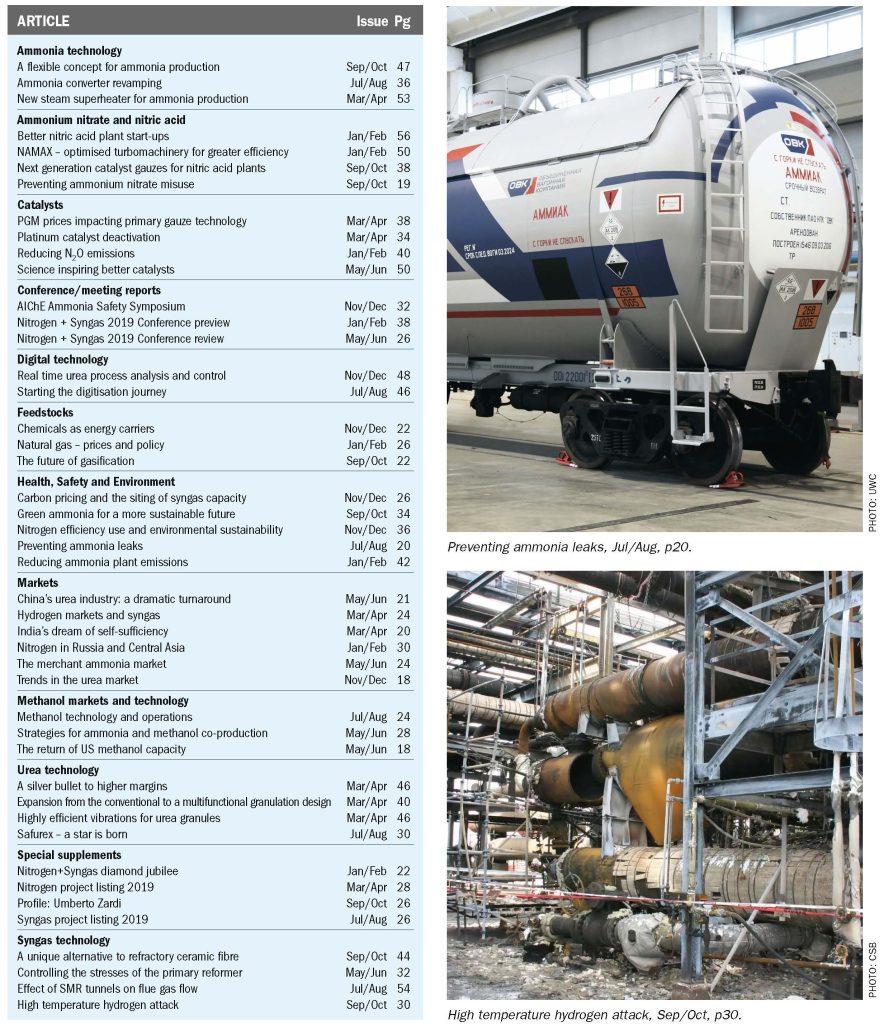
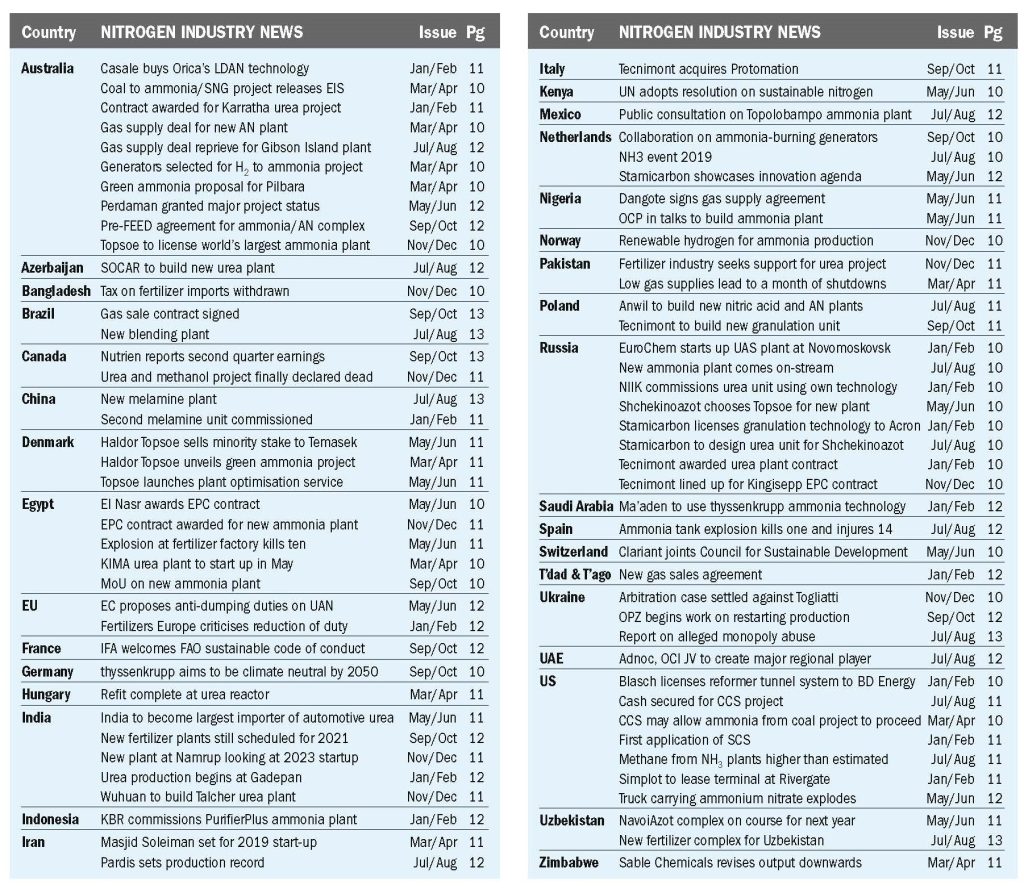
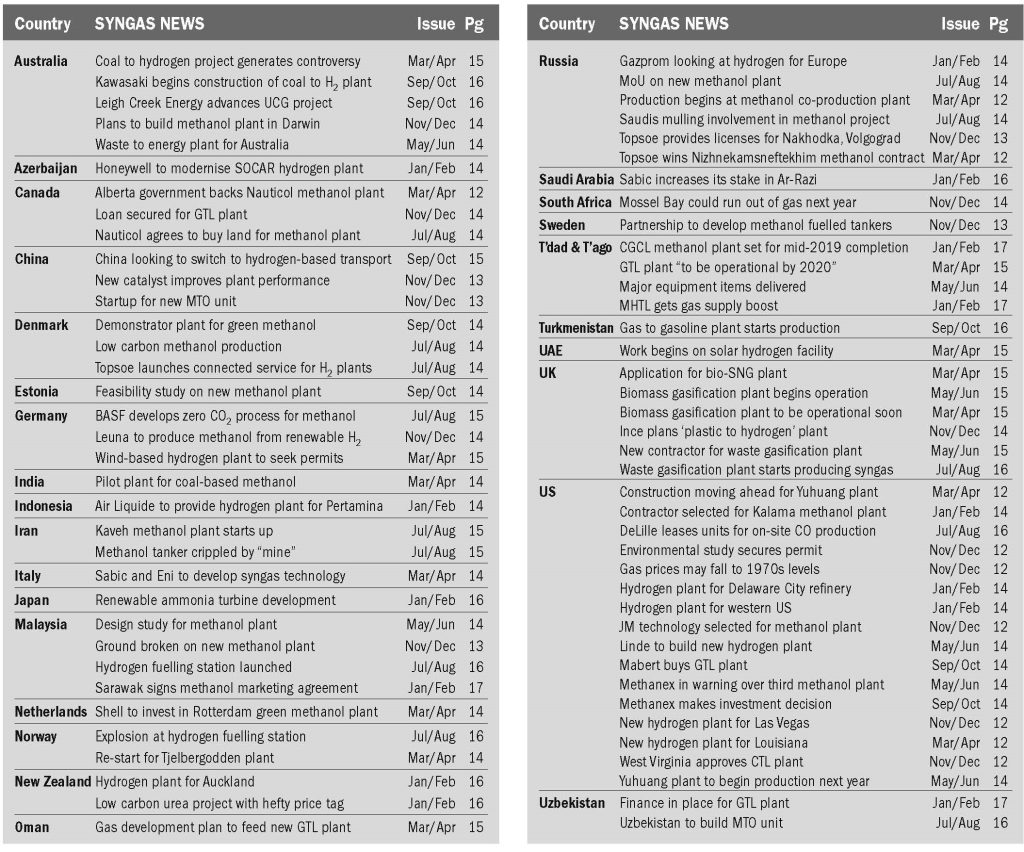
Nitrogen+Syngas 363 Jan-Feb 2020
31 January 2020
A complete listing of all articles and news items that appeared in Nitrogen+Syngas magazine during 2019.



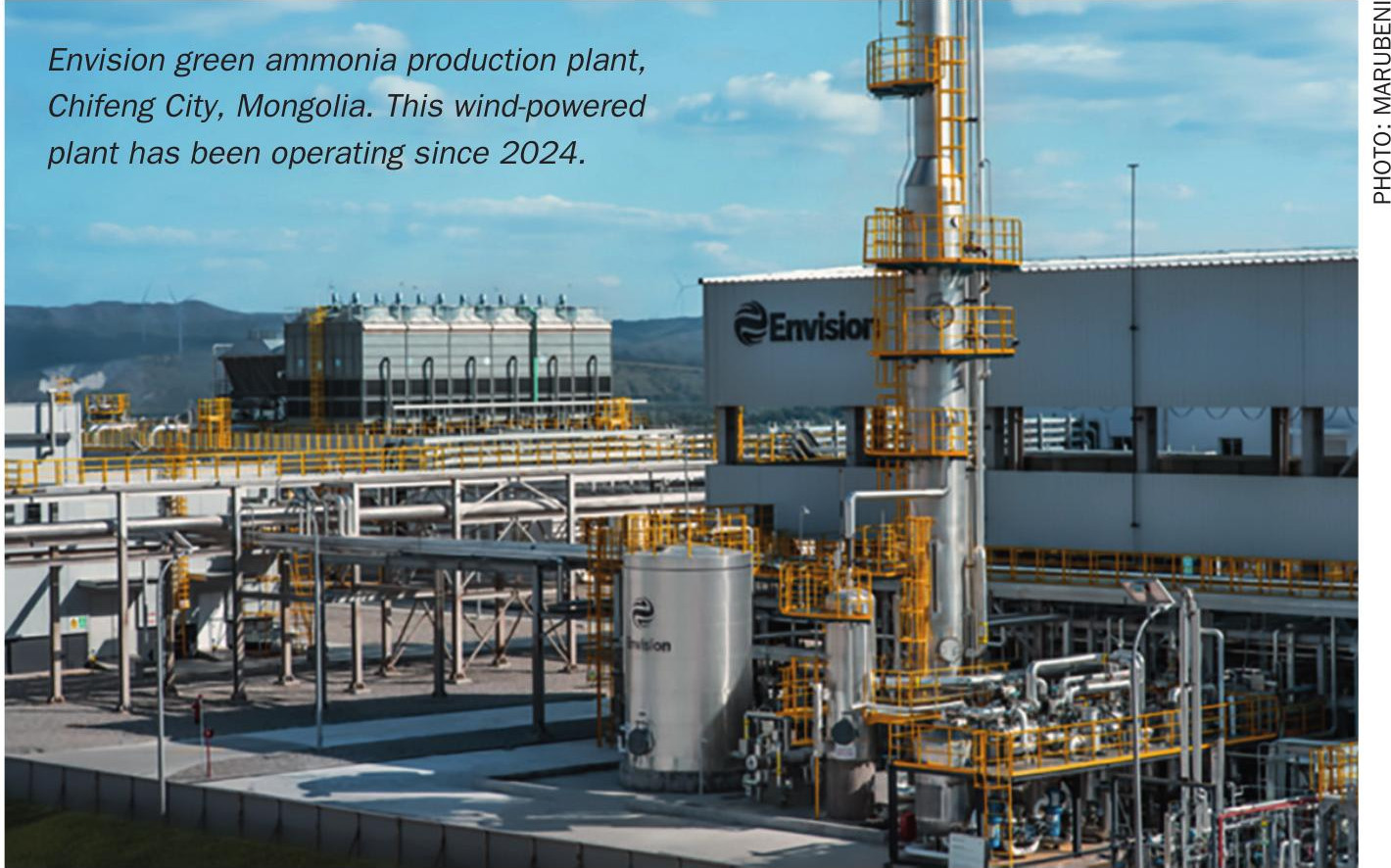
Globally, operational renewable ammonia projects have exceeded one gigawatt (GW) of installed electrolyser capacity for the first time. Kevin Rouwenhorst of the Ammonia Energy Association (AEA) provides an overview of well-advanced projects and the associated technology options for ammonia synthesis.
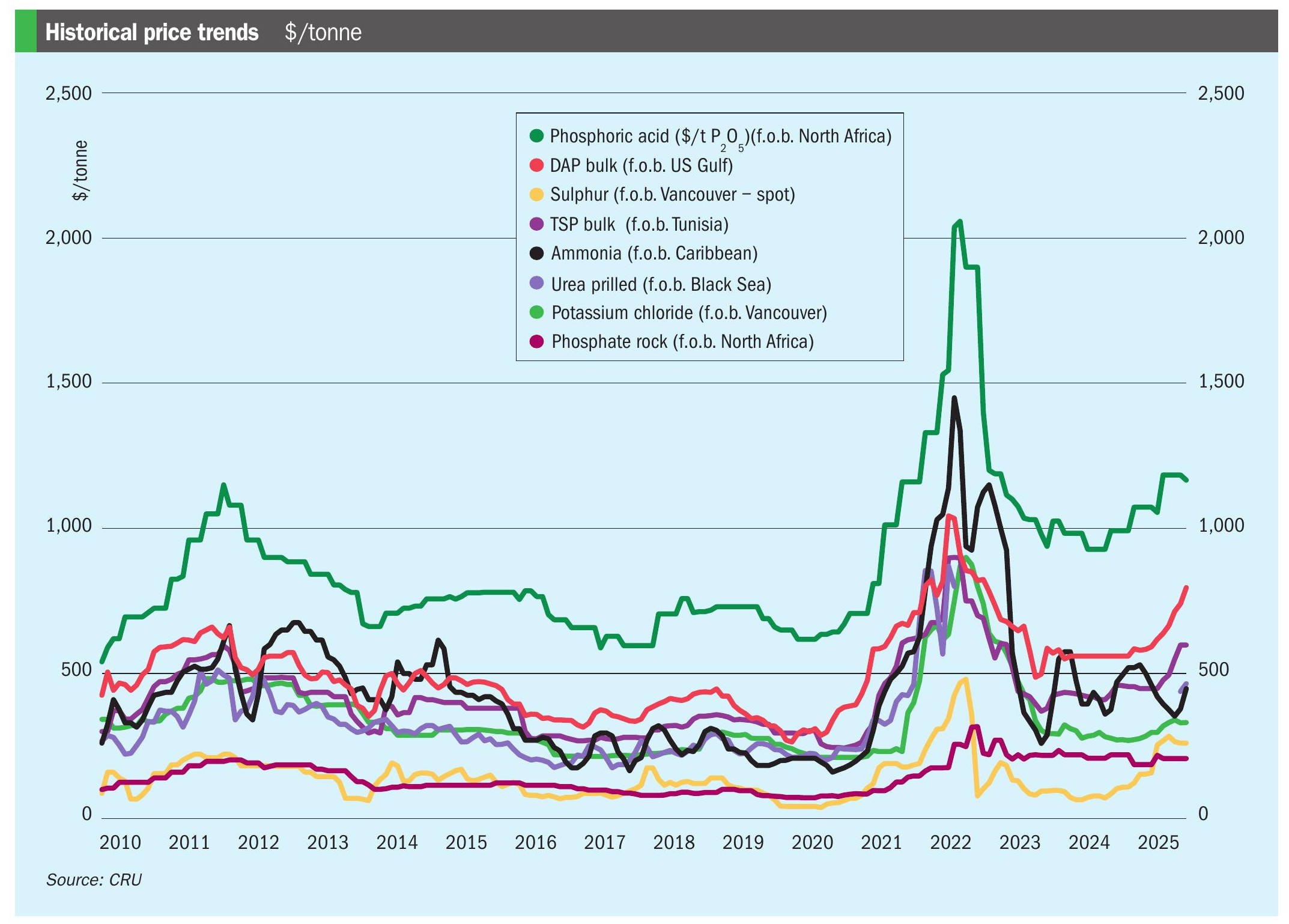
Price trends and market outlook, 23rd October 2025

While sulphuric acid production is dominated by sulphur burning or metallurgical acid routes, pyrite roasting remains a niche sector, particularly in China.
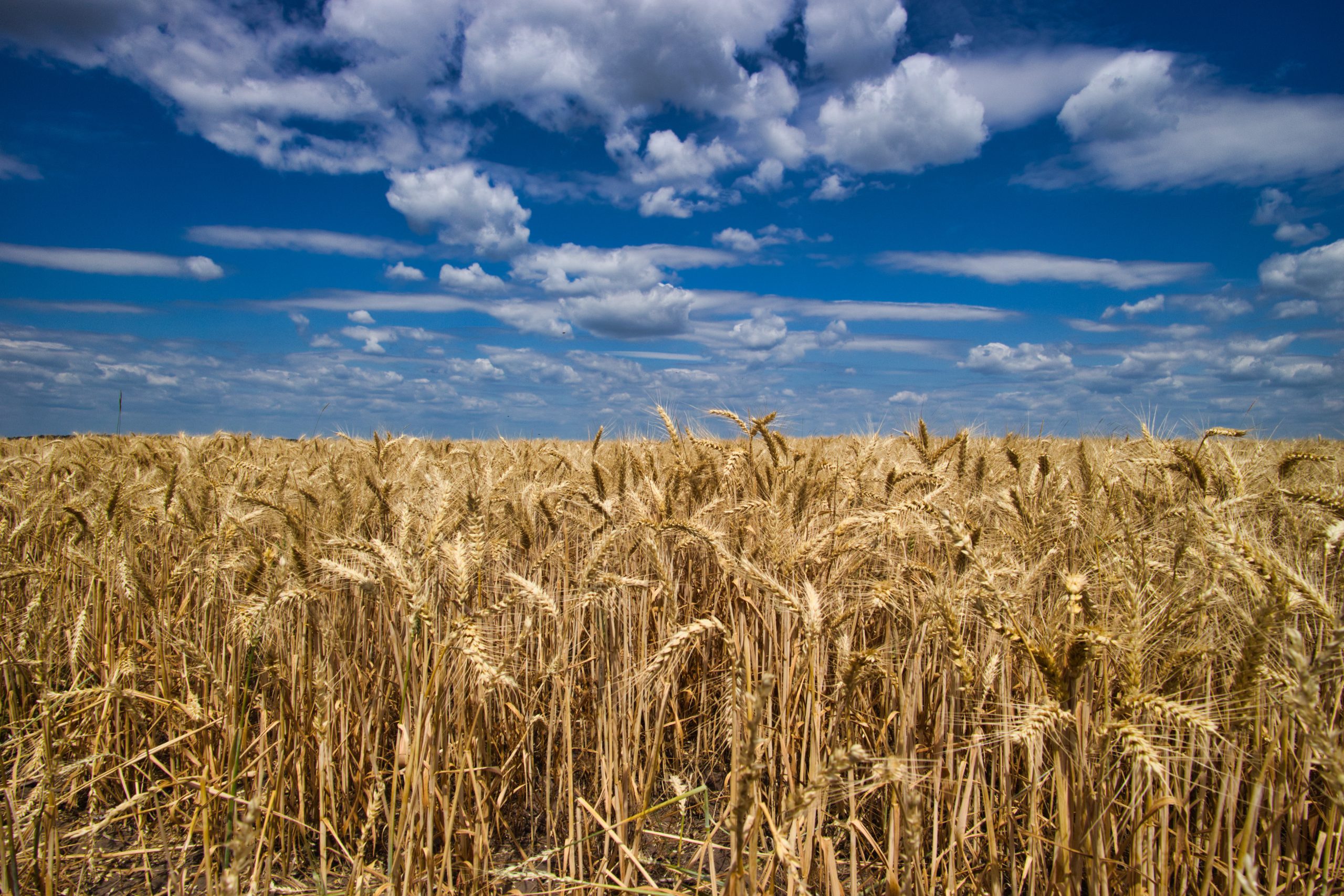
Ukraine’s resilient fertilizer market has undergone an import-led revival following a calamitous collapse in consumption in 2022.

Smelter outages and tight concentrate markets ease an oversupplied market.